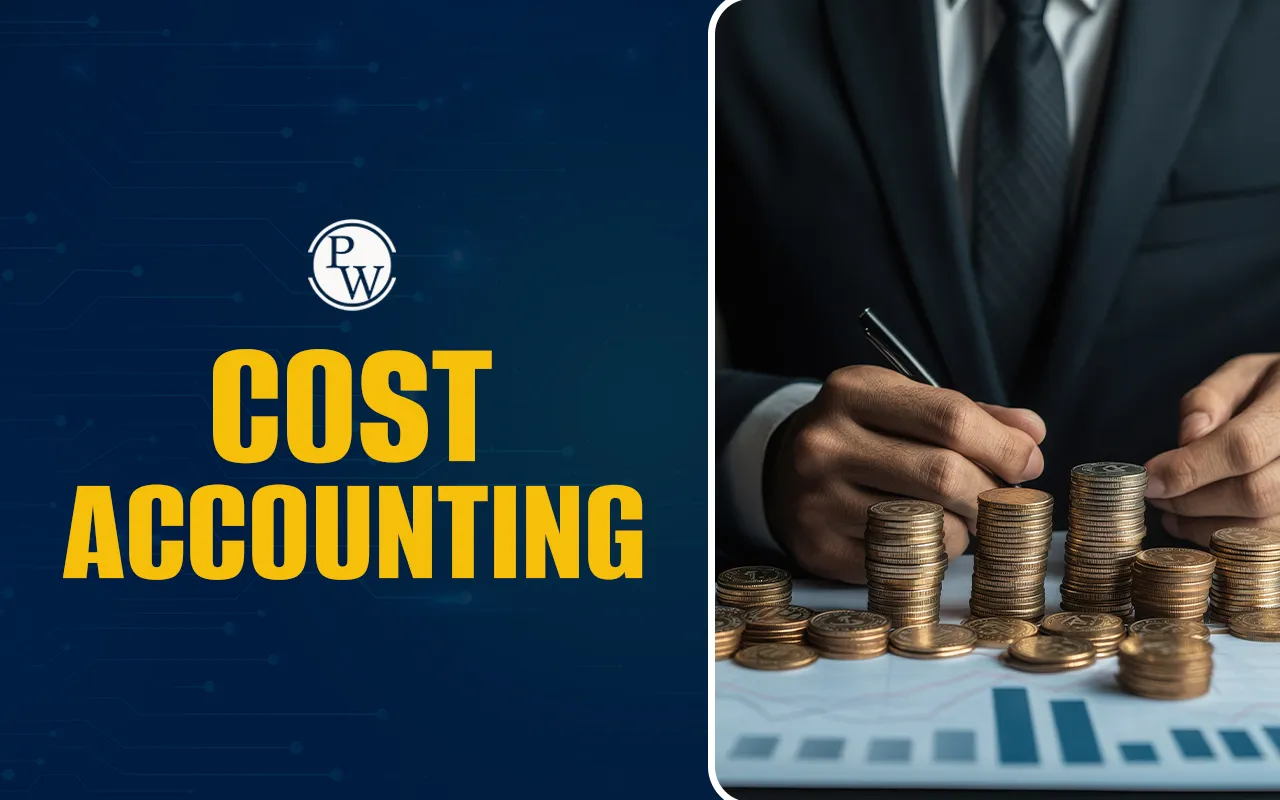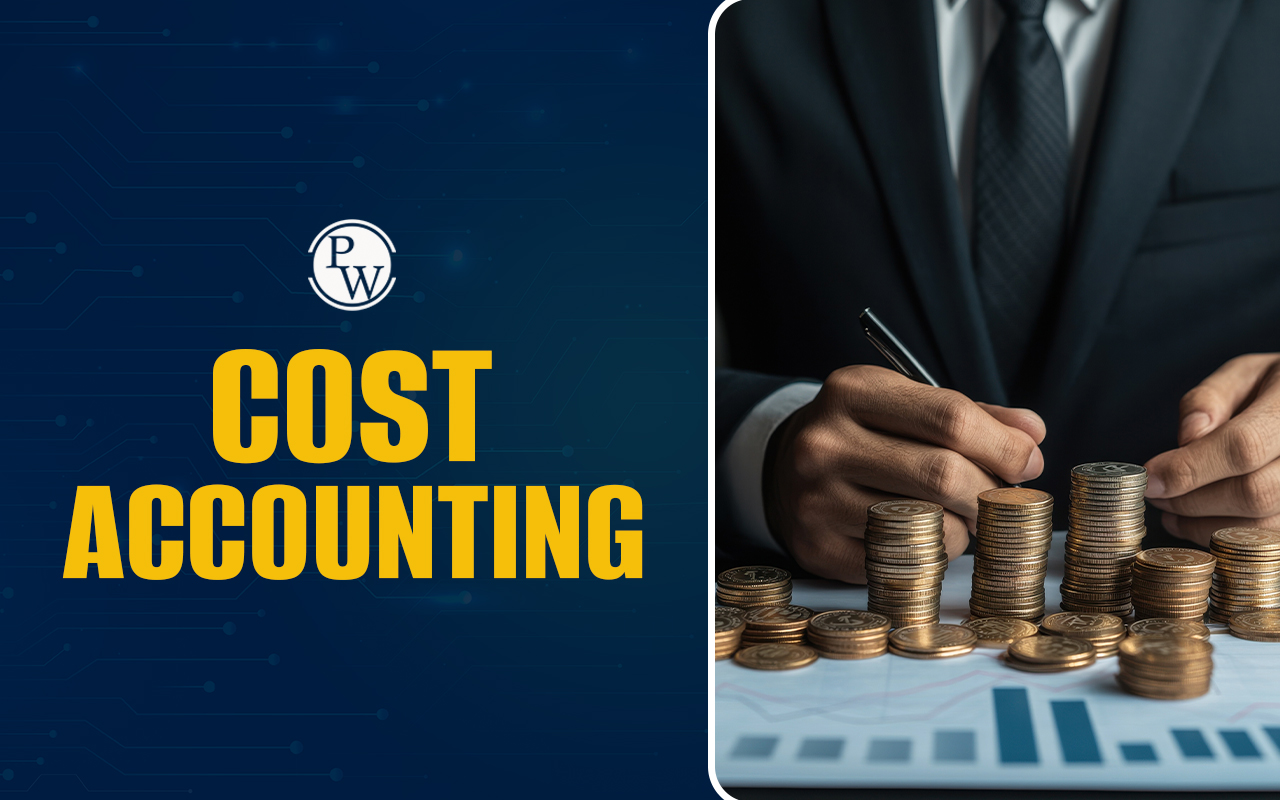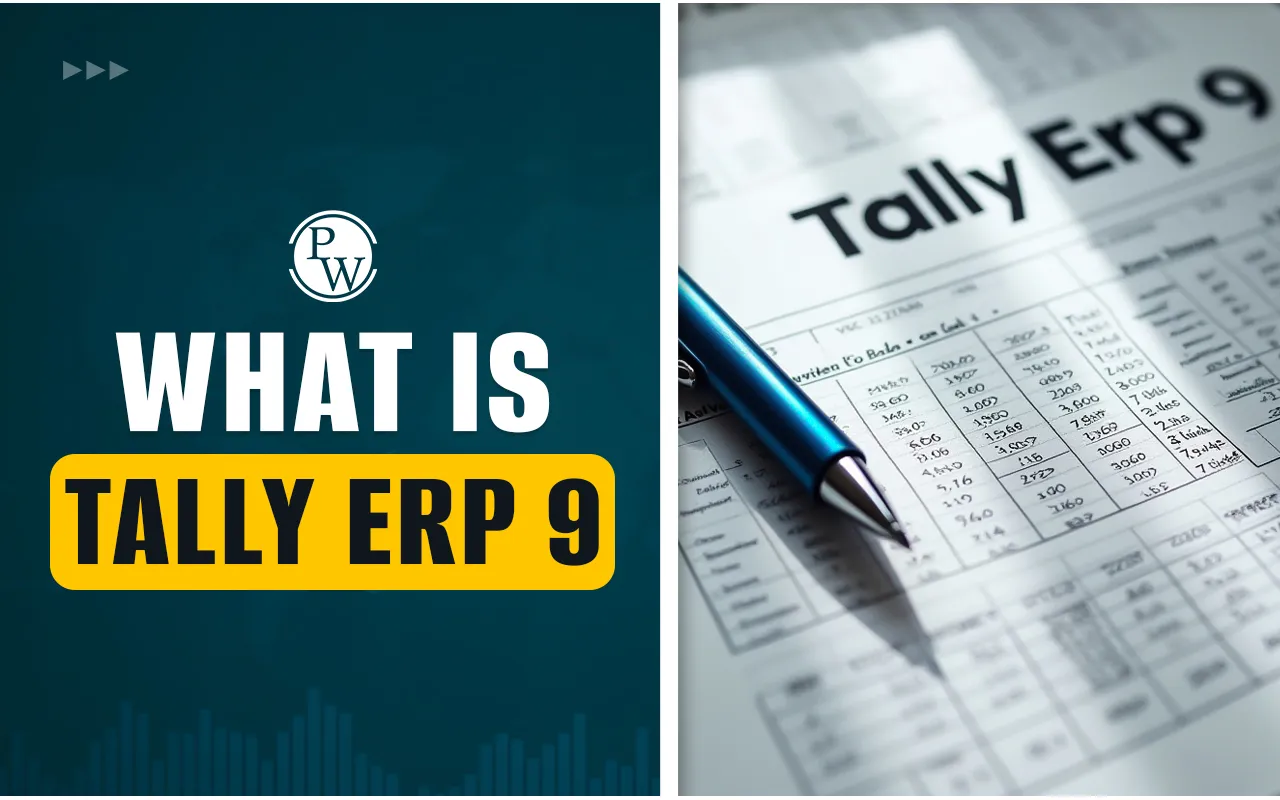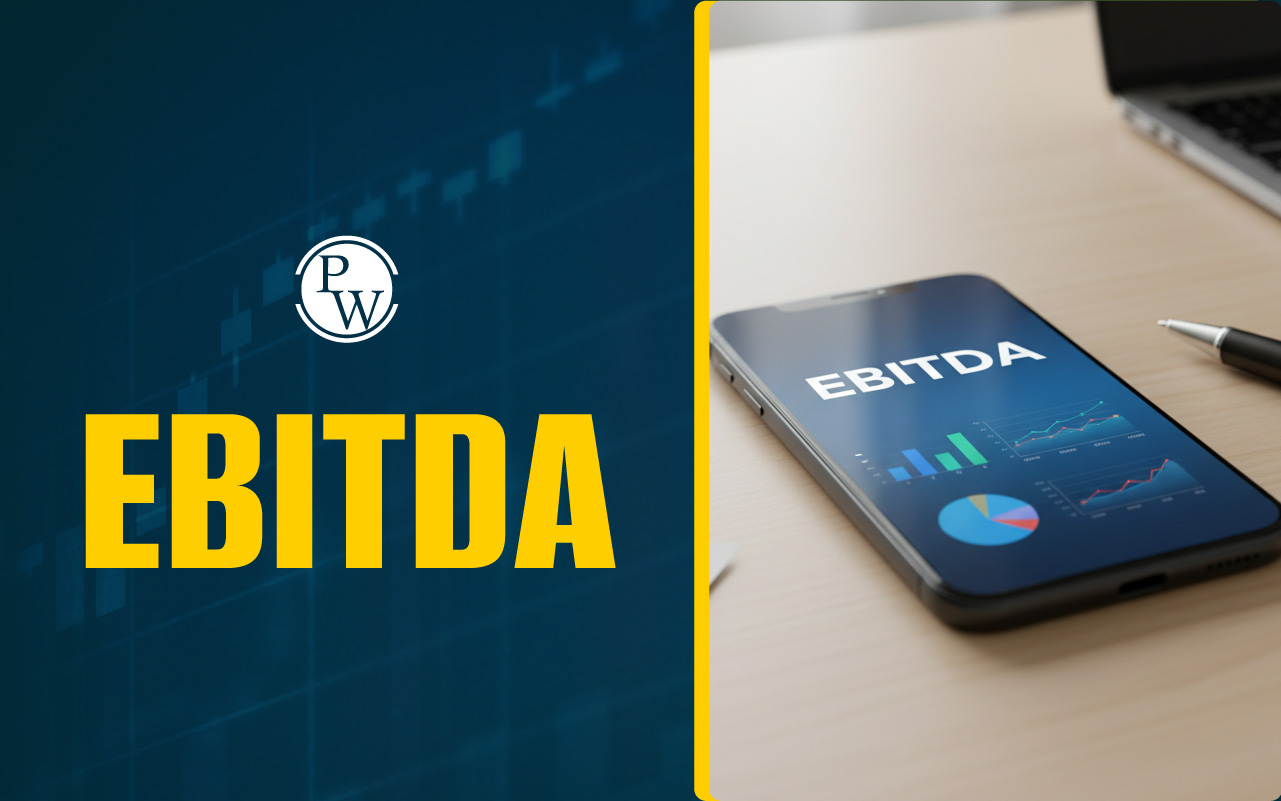

Cost Accounting is a process of managerial accounting that is used by companies to calculate and assess the total costs accrued by the company in producing goods and services. Cost Accounting is a process through which both the variable and fixed costs within the business operations can be tracked.
Cost Accounting Definition
Cost Accounting is a strategy that calculates a firm’s total production costs and helps in making effective managerial decisions.
-
Measuring through this process involves the calculation of fixed, variable, operational, direct, and indirect costs.
-
These methods include standard costing, activity-based costing, lean costing, and marginal costing.
-
Cost Accounting is mostly used for internal purposes, in place of financial accounting, which produces the financial statements for external purposes.
Types of Costs in Cost Accounting
There are several types of Costs used and measured in the Cost Accounting process. They include the following:
-
Fixed Costs: Regardless of business activities or production levels, fixed costs of a company are always constant. These costs are bound to be paid by a company regardless of the fact that the company earns a profit or not.
For example, a company might be paying a monthly rent of USD 10,000 or more despite the fact that they produce either 100 or 1000 units of their product. -
Variable Costs: Such costs might or might not change depending on the business activities and production of a company. Take, for example, a cost of $5 of raw material is required to produce a single unit, production of 100 such units will cost $500, whereas 200 such units will cost $1000.
-
Operating Costs: This is a costing method to differentiate between operational and non-operational costs of a company.
Non-Operational Costs: These costs include all the expenses that are not related to core business activities. Such costs include interest payments on loans, restructuring costs, and losses incurred from selling equipment or investments.
Operational Costs: It comprises the fixed and variable expenses required by a company to run its day-to-day business operations. Overall operational efficiency of the company can be gauged through these calculations.
-
Direct Costs: These costs are directly related to the production of specific goods and services. Take, for example, the wood, fabric, labour, etc required in the making of a chair in a furniture manufacturing company are considered their direct costs. Accurate calculations of direct costs enable a company to decide the correct pricing for each product.
-
Indirect Costs: Indirect or overhead costs are not directly related to any product or service. These costs are fixed and benefit a company in the long run and must be allocated in advance. For example, a company allocates factory overhead costs depending on the best reflection of the actual consumption of resources.
Also Check: How To Change Career To Accounting?
Advantages of Cost Accounting
The calculation of cost accounting offers several advantages to a company, ranging from operational efficiency to strategic financial planning. Such advantages include:
-
Cost accounting helps in the identification of profit-generating and loss-making business operations within a company, using which, target corrective actions can be taken.
-
It helps in measuring the efficiency of business operations and suggesting insights to maintain and enhance their performance levels.
-
It provides a solid foundation for preparing accurate estimates of operations and then preparing competitive tenders to secure projects.
-
Measuring cost accounting informs about future production policies of a company, which helps it to plan for profit-maximization and cost-minimization.
-
It helps in the facilitation of regular assessment of a company’s profit and loss estimation of a company without the need for a physical inventory check.
-
Cost accounting enables the generation of reliable data that allows for the comparison of costs across periods, products, and departments.
Limitations of Cost Accounting
Cost Accounting is an integral part of the financial system in this modern era. If the companies apply cost accounting systems properly, it is sure to benefit them. The primary disadvantage with this system is that the principles of cost accounting are not constant and keep changing with time, and thus, small businesses consider it unnecessary to implement. The other limitations of cost accounting can be summarized as follows:
-
Some of the times, this method produces two different reports based on the same set of data and information. It happens because cost accounting uses standard costing in place of the actual cost.
-
The installation of maintenance of cost accounting system is very high. It requires expert auditors and accountants. Firms need to pay more to these experts to get their reports.
-
The process involves some complex calculations to derive the costs. It has to record all the expenses, categorise them into different categories, and maintain two account books.
-
All different types of companies cannot depend on this single system of costing. Different companies will require to implement different calculation methods depending upon the nature of their businesses.
Difference between Cost Accounting and Financial Accounting
Cost Accounting and Financial Accounting are two of the essential components of a company’s accounting system. The difference between Cost Accounting and Financial Accounting can be summarized as follows:
|
Difference between Cost and Financial Accounting |
|
|
Cost Accounting |
Financial Accounting |
|
Helps in the calculation and recording of costs involved |
Helps in the classification, calculation, and recording of a company’s financial transactions |
|
Provides information on the internal uses |
Provides information on internal as well as external users |
|
Scope of operations is very narrow in this method |
This method operates within a far broader scope |
|
Used by firms to focus on short-term planning |
Used by firms to focus on long-term planning |
Advantages & Disadvantages of Cost Accounting
| Feature | Advantages of Cost Accounting | Disadvantages of Cost Accounting |
| Control | Enables cost control and reduction by identifying waste and inefficiencies. | Potential for a short-term focus on cost-cutting that may harm long-term strategy. |
| Pricing | Provides accurate data for setting profitable and competitive selling prices. | Methods rely on estimates and arbitrary allocations of overhead, leading to potential inaccuracies. |
| Decision-Making | Supports key strategic decisions (e.g., make-or-buy, product mix). | Lack of uniformity as no universal standards exist, making internal comparison difficult. |
| Performance | Facilitates performance evaluation by comparing actual costs to standard costs and budgets. | Can be complex and expensive to install and maintain, requiring specialized staff and software. |
| Planning | Provides a reliable basis for detailed budgeting and financial forecasting. | Often relies heavily on historical data, which may not be relevant for future planning in a dynamic environment. |
| Inventory | Essential for the accurate valuation of inventory (WIP, Finished Goods) for financial reporting. | The system can generate vast amounts of detail, which can lead to information overload for managers. |
Build Your Career with a Certificate Program in Accounting, Taxation, and Finance
The objective of the Certificate course in Taxation is to provide you with the skills, information, and practical experience you need to succeed in the field of accounting. This four-month hybrid program, taught on weekdays in recorded and live lectures, contains practical case studies guided by PwC India.
Cost Accounting FAQs
What is Cost Accounting?
What is overhead in Cost Accounting?
Why is cost accounting important?
What is the difference between cost accounting and financial accounting?













